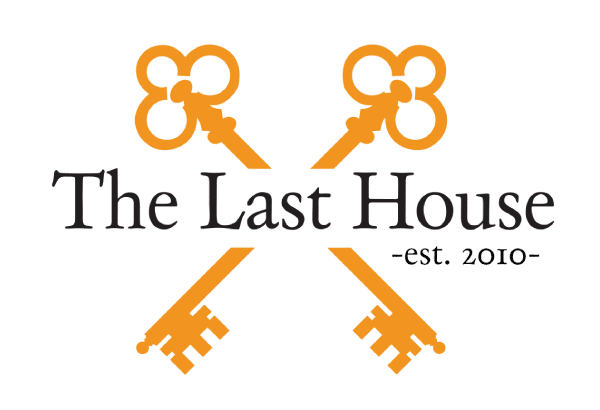
Misuse/abuse. Regular use. Tolerance. Dependence. Addiction.
The stages of addiction might manifest differently based on the place or person, but misuse or abuse of drugs is still one of the most likely ways to start down the slippery slope towards addiction. In fact, the misuse or abuse of substances is so prevalent that the FDA indicates that “in 2017, an estimated 18 million people (more than 6 percent of those aged 12 and older)… misused [prescription] medications at least once in the past year.” While misuse is not the same as abuse, both actions are often our first foray into using drugs in ways that they aren’t supposed to be used. In misusing drugs, we’re using drugs for a purpose other than what they’re intended for, although we may not be necessarily be looking to get high. In abusing drugs, we’re using drugs for one alternative purpose: getting high.
For some of us, misusing drugs for purposes that seem as innocuous as relieving a headache or getting over a cold can lead our bodies to crave more and more of the feeling the drug provides. In a very short matter of time, what was our attempt to self-medicate can lead right to regular use, tolerance, dependence, and then addiction. As for abusing drugs, if we’re willingly consuming substances with the purpose of getting high, then there, too, is only a matter of time before addiction becomes a real threat.
How is addiction defined?
Because misuse and abuse of drugs are not the same, yet often used interchangeably, it follows that many of us might also be confused as to how the other stages of addiction are defined.
To start, regular use is best defined as the point in which we begin to display a pattern of use. If we misused a prescription drug once, say for a headache, and liked the feeling, we may do it again– though this time not so much for the pain as for the feeling we get from it. Later on, we may try it once more. Eventually, we’re no longer using the drug for pain, but simply out of habit.
We might not be addicted yet, but we’ve reached the first phase– where drug use has gone from misusing to now using consistently.
At the next phase is tolerance. When we’re becoming tolerant of a drug, we find that we need more and more of it to obtain the same high that we used to get from a much smaller amount of it. If we abused a prescription drug just for the thrill of it the first time, because we liked it a little the second time, and maybe because we wanted some more the third time, by the time we reach tolerance, we’ve built up a habit of using the drug and our system now needs more in order for us to feel it. As we increase the amount of the drug we use, some of us actually begin to feel like we can operate even with a large amount of it in our system. This is why this stage can also be called the “risky use” stage. We can, in effect, become so used to having large amounts of the drug in our system that we feel like there’s nothing in our system at all. Some of us get behind the wheel, attempt to go to work, and exhibit outwardly dangerous behavior due to the drug’s now habitual place in our system.
Following tolerance is dependence, which is when our bodies begin to enter periods of withdrawal if we don’t have access to the drug we’ve misused or abused. Withdrawal is a combination of physical and mental symptoms that can be relatively mild or life threatening. The severity of withdrawals often depends on the drug, the user, and how long the drug has been in the system. When we’re dependent on a drug, we haven’t quite reached the stage of complete addiction, but we are dangerously close to it.
Finally, addiction follows dependence. What makes addiction different than the other stages is that addiction is a mental disease. Addiction results from a person taking a drug repeatedly, but the telltale sign of addiction is when that person cannot stop taking it. A great definition of addiction is that it is a state “marked by a change in behavior caused by the biochemical changes in the brain after continued substance abuse.” Unlike dependence, where we exhibit physical distress when we try to stop using, tolerance, where we need more of a drug, or regular use, where we’ve first started a habit, addiction is the culmination of all of the above. Using the drug becomes our main priority, at the expense of anything and everything that may get in our way. When we reach the point of addiction, whether our drug use started as a result of abuse or misuse becomes secondary. At this point, professional help is highly recommended to help get us on the right track to recovery.
Defining when addiction starts can be difficult, but at The Last House sober living facility, we help our men conquer addiction once and for all. We believe that addiction is wholly treatable, and that the sober living community can help men identify the underlying issues behind why they misused or abused a drug in the first place. We focus on brotherhood, unity, and responsibility here– traits that, when combined, can help a man transform into a better version of himself than he ever thought possible. Call 1-866-677-0090 to get started with The Last House today.
